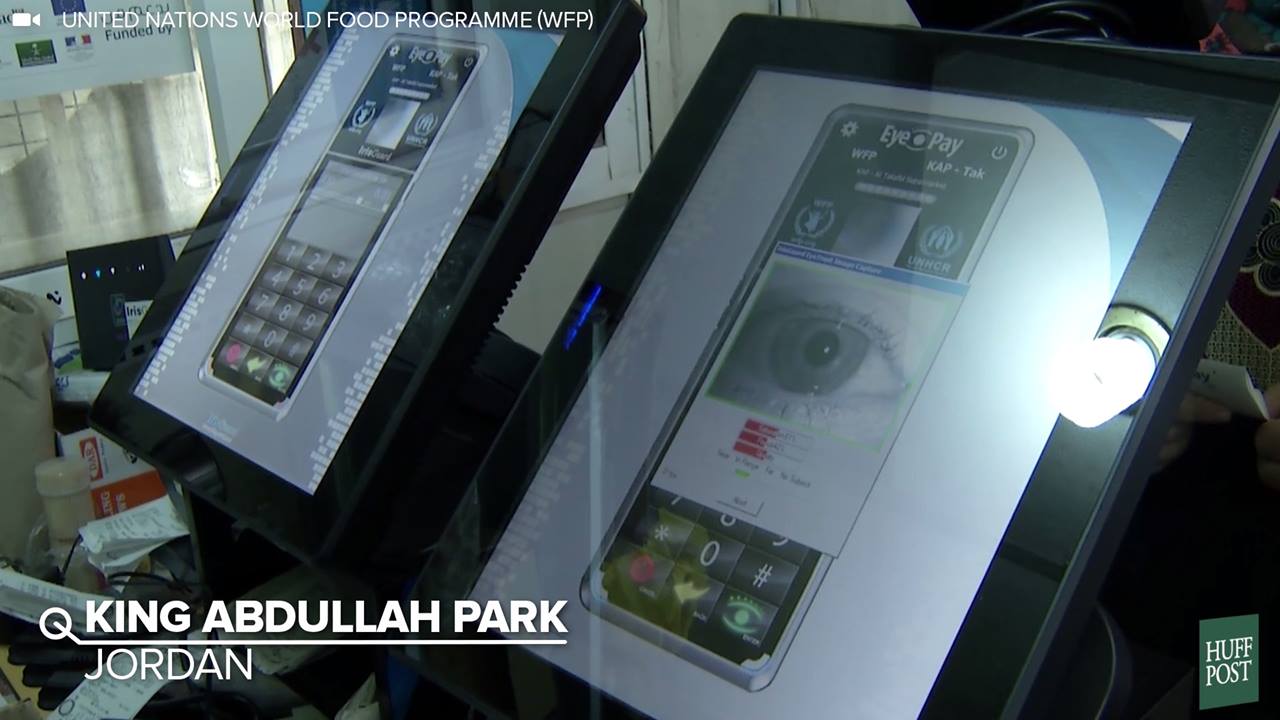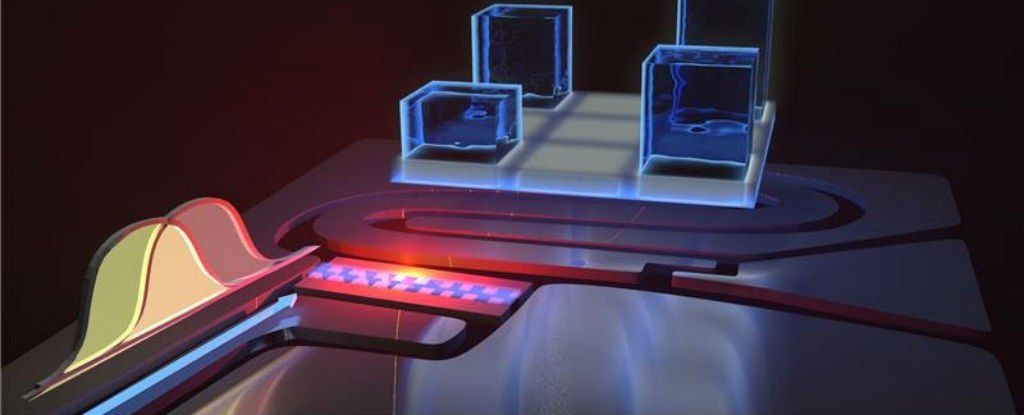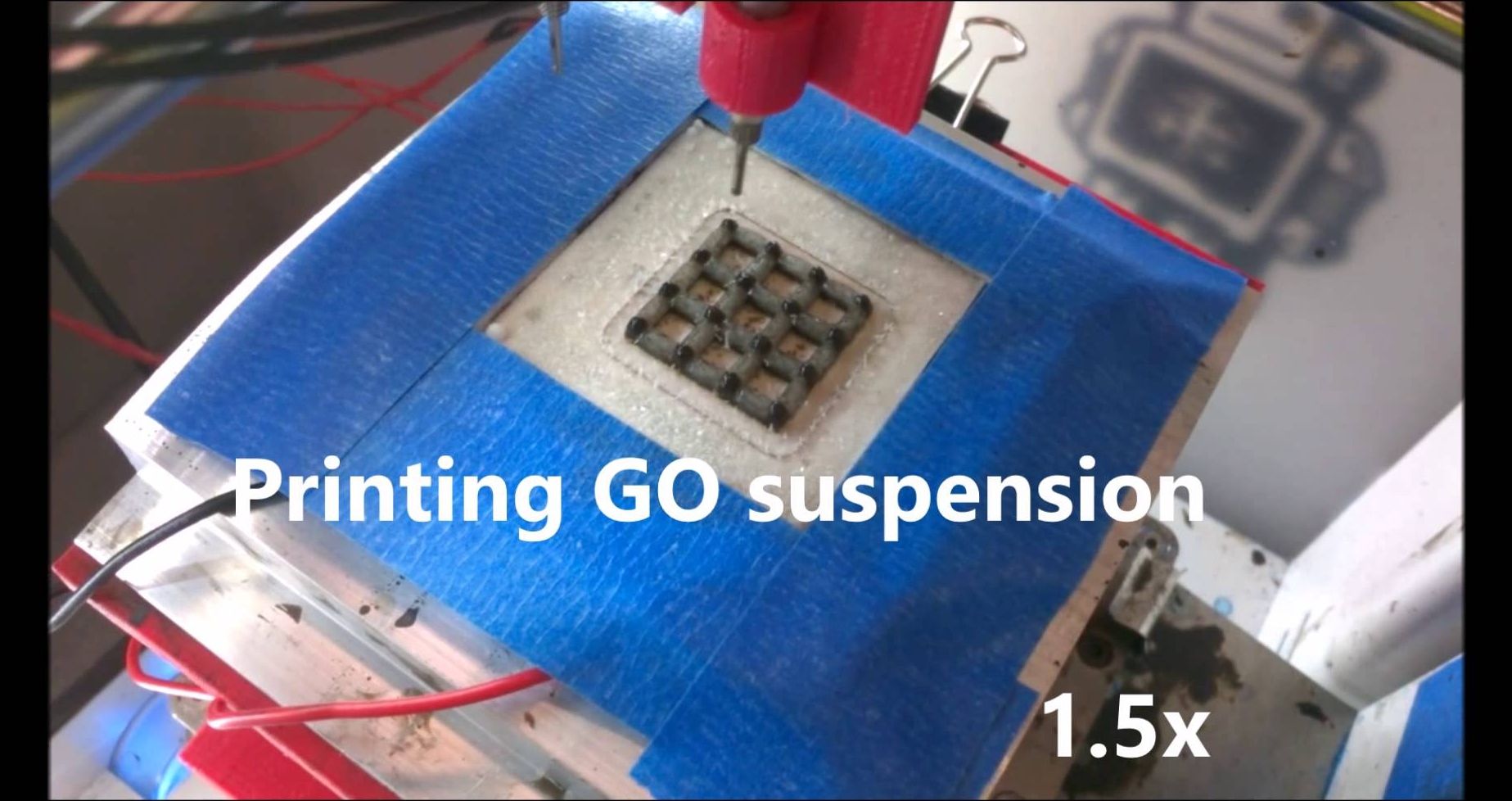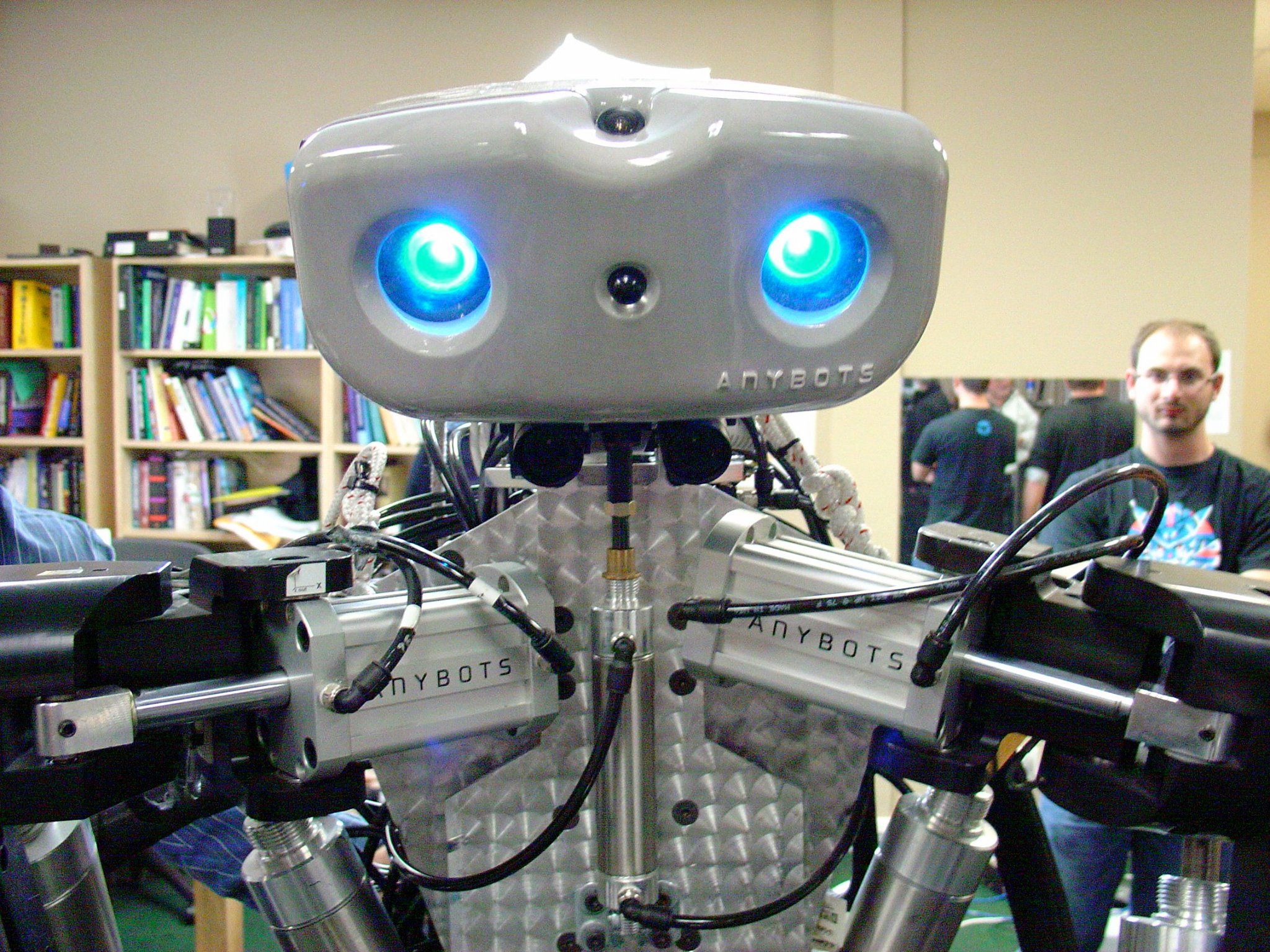Researchers in Finland have figured out a way to reliably make quantum computers — technology that’s tipped to revolutionise computing in the coming years — even more powerful. And all they had to do was throw common sense out the window.
You’re almost certainly reading this article on a classical computer — which includes all phones, laptops, and tablets — meaning that your computer can only ever do one thing at a time. It reads one bit, then the next bit, then the next bit, and so on. The reading is lightning fast and combines millions or billions or trillions of bits to give you what you want, but the bits are always read and used in order.
So if your computer searches for the solution to a problem, it tries one answer (a particular batch of ones and zeros), checks how far the result is from the goal, tries another answer (a different batch), and repeats. For complicated problems, that process can take an incredibly long time. Sometimes, that’s good. Very clever multiplication secures your bank account, and faster or more efficient equation-solvers put that in jeopardy.
Going back to the start, how did you come to studying Theoretical Physics?
As with most people my path was determined by a series of choices involving random factors. I liked mathematics and physics at school, and did well in the olympiads, but I liked also literature, history, etc. At the age of fourteen I choose a technical-type high school oriented at nuclear disciplines, as popular then as they are despised by many these days, probably because it was one of the most difficult and challenging ones.
The way from there to the Technical University was straightforward. Since I have the need to understand things from the first principles, I drifted gradually towards theoretical physics and it was only natural that in the middle of my studies, corresponding roughly to the bachelor degree nowadays, I ended up at the Theoretical Physics Department of the Charles University, where I subsequently graduated.
YES PLEASE.
It’s 7.5 times lighter than air, and a cubic metre of the stuff weighs just 160 grams. It’s 12 percent lighter than the second lightest material in the world – aerographite – and you can balance a few cubic centimetres of the stuff on a dandelion head. Water is about 1,000 times as dense.
Yep, graphene aerogel is about as cool as it gets. And while silica aerogel (pictured above) is the most commonly used and studied type of aerogel, as of 2013, graphene aerogel has held the record of being the lightest material on Earth. And producing it is about to get a whole lot easier because scientists have just figured out how to 3D print it.
Minimum wage for a robot? $0/hour. Maximum wage? $0/hour.
(From Fox)
Eatsa, the mostly automated healthy, fast food bowl shop based in San Francisco, has inspired the CEO of Carl’s Jr. and Hardee’s to rethink the traditional workforce—by replacing all humans with robots.
Eatsa allows customers to order food without any human interaction. (Eatsa)









